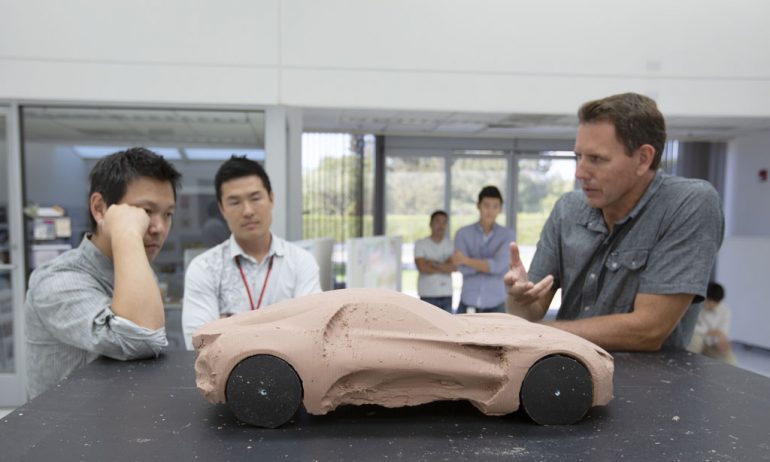
Toyota’s CALTY Design Research is celebrating a remarkable 50 years of innovation, providing a fascinating glimpse into the future of automotive creativity. Founded in 1973, this local design studio played a pivotal role in Toyota’s quest to conquer the American market, necessitating bold and appealing designs tailored to the preferences of U.S. consumers. Over the decades, CALTY has evolved, contributing significantly to the automotive industry and leaving an indelible mark on Toyota’s design philosophy.
In its early days, CALTY had a distinctive mission: observation. Tasked with researching future design trends, the studio encouraged its designers to explore with freedom, resulting in the development of intriguing concepts. Among these creations were innovative studies such as an updated FJ40 Land Cruiser and even a camping trailer. While their primary focus was not production-ready vehicles, these early experiments laid the foundation for CALTY’s future contributions.
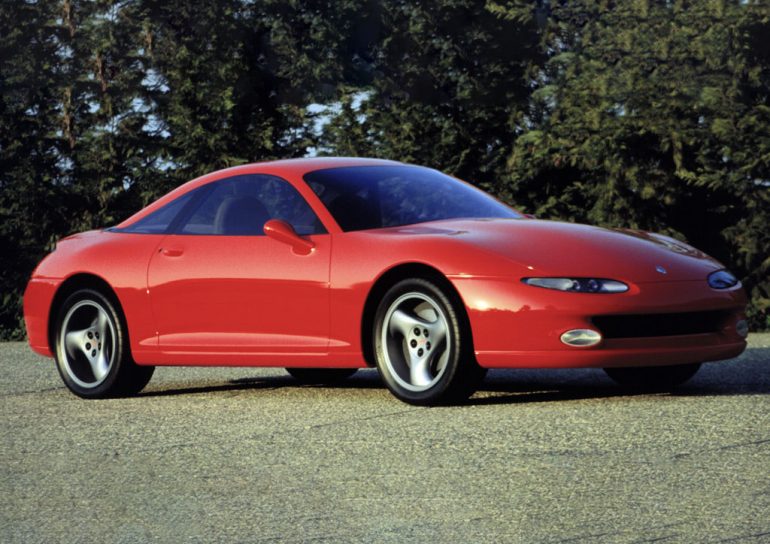
The 1980s marked a significant shift in CALTY’s approach. The studio began exploring new design languages and techniques, drawing inspiration from the world of motorsports. In 1983, they introduced the MX-1, a mid-engine sports car featuring scissor-style doors. A few years later, the MX-2 emerged, constructed in-house with fiberglass reinforced plastic, gullwing doors, and a swing-arm steering wheel, allowing for both left- and right-hand drive configurations.
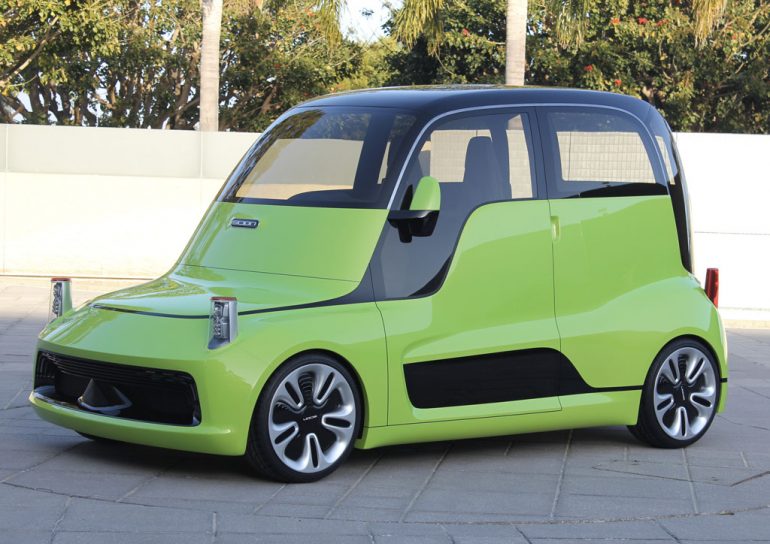
As the 1990s dawned, CALTY was ready to deploy its extensive research. The studio played a pivotal role in the design of several production vehicles, including the 1995 Tacoma, the groundbreaking 1997 Prius, and the elegant 2000 Avalon. Although they did not finalize the design of the fourth-generation Supra, CALTY made substantial contributions, infusing elements of their vision into the production model.
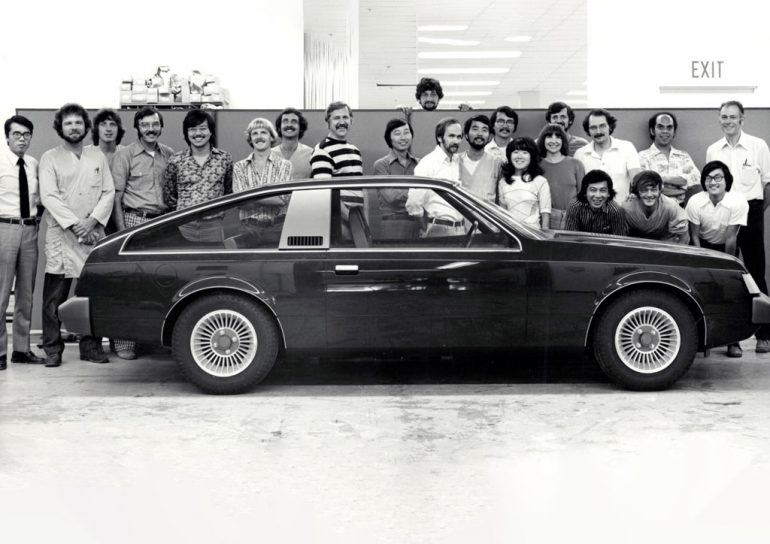
In 2004, Toyota’s commitment to local manufacturing expansion led to the establishment of a new CALTY studio in Ann Arbor, Michigan. This expansion resulted in the birth of iconic vehicles like the Tundra, Tacoma, Avalon, and Sienna.
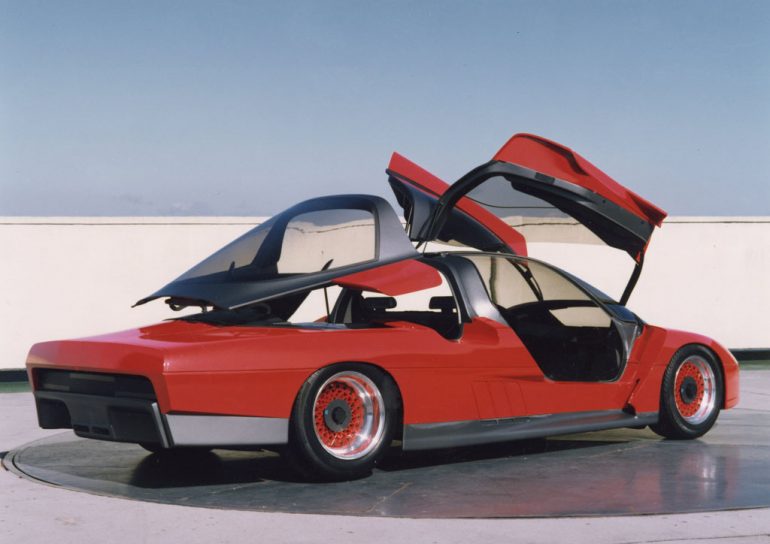
The 2010s were a period of rejuvenation for Toyota, and CALTY was at the forefront of transforming the brand’s image from that of a maker of conventional cars to a creator of innovative designs. Notable creations from this era include the 2012 Fun-Vii concept, the 2012 Lexus LF-LC (which eventually became the 2018 Lexus LC500), and the 2014 FT-1 concept that laid the foundation for the 2020 Supra. These designs showcased Toyota’s commitment to breaking free from the mundane and embracing bold, futuristic aesthetics.
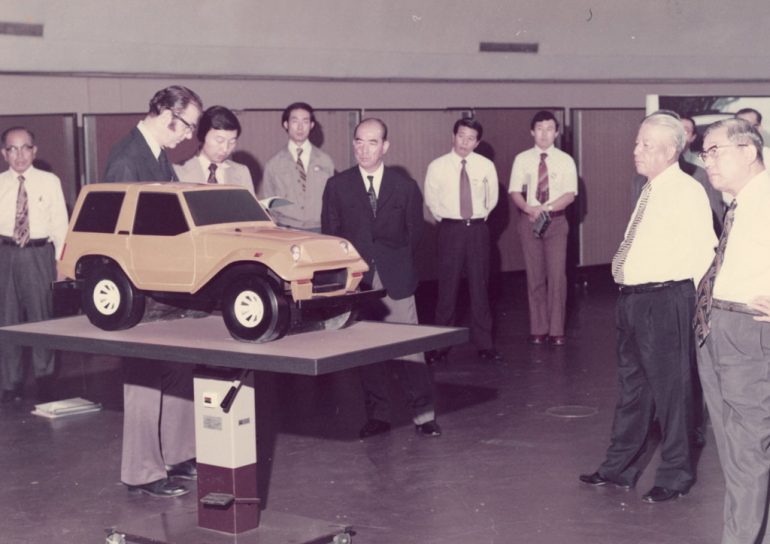
As we look to the future, CALTY continues to push the boundaries of what is possible in automotive design. Recent concepts like the Scion NYC challenge conventional seating arrangements by encouraging occupants to almost stand rather than sit. Meanwhile, the Baby Lunar Cruiser envisions a future where vehicles are designed for lunar exploration, highlighting CALTY’s unwavering commitment to innovation.

In the words of Simon Humphries, Toyota Motor Corporation Chief Branding Officer and Head of Design, “As we continue our journey from the automotive era into the mobility era, there is one thing I feel I can say for sure: CALTY will be there at the forefront.” Indeed, Toyota’s CALTY Design Research has a rich history of innovation, and its future promises to be just as inspiring, shaping the automotive and mobility landscape for generations to come.

Lloyd Tobias is a seasoned automotive journalist and passionate enthusiast with over 15 years of experience immersed in the world of cars. Whether it’s exploring the latest advancements in automotive technology or keeping a close pulse on breaking industry news, Lloyd brings a sharp perspective and a deep appreciation for all things automotive. His writing blends technical insight with real-world enthusiasm, making his contributions both informative and engaging for readers who share his love for the drive. When he’s not behind the keyboard or under the hood, Lloyd enjoys test driving the newest models and staying ahead of the curve in an ever-evolving automotive landscape.